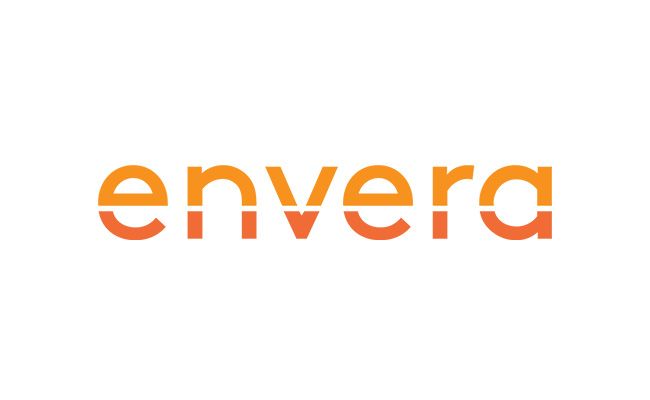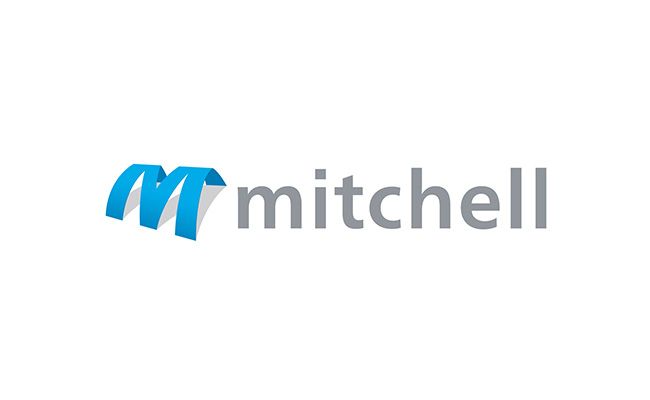CXOne Personal Connection
Introduction
Voice conversations are gold mines of customer insight—but they’re only valuable if they can be captured, processed, and understood at scale. That’s where speech-to-text (STT) tools become foundational in the modern NiCE-powered contact center.STT tools convert live or recorded conversations into accurate, structured text that can be analyzed by humans and AI. These transcripts power everything from agent assist and sentiment analysis to compliance checks and automated summaries.This guide explains how STT works, why it matters, and how NiCE enables high-quality transcription across global, multilingual, and real-time customer interactions.Why Speech-to-Text Is Critical for Contact Centers
1. Enables Real-Time Agent Assist
Live transcriptions feed generative AI and keyword triggers, surfacing suggestions and knowledge articles mid-call.Example: When a customer says “cancel my service,” the system pushes retention scripts to the agent interface within milliseconds.2. Supports Compliance and QA Monitoring
Every word is logged, searchable, and auditable—enabling automatic compliance checks and targeted QA reviews.Example: If a regulatory disclosure isn’t read aloud, QA can flag the interaction without listening to the whole call.3. Powers AI Analytics and Automation
Structured transcripts feed downstream systems like topic detection, customer journey analytics, and post-call summaries.Example: STT feeds an LLM to automatically generate a compliant case note and recommended follow-up actions.4. Makes Voice as Searchable as Text
With transcription, voice becomes a searchable, taggable dataset—unified with digital channels in reporting and BI tools.Core Components of NiCE STT Tooling
1. Automatic Speech Recognition (ASR) Engine
Converts audio to text using deep learning models.Features:- Speaker diarization (who said what)
- Timestamp alignment
- Confidence scoring per word/token
- Custom vocabulary injection (product names, brand terms)
2. Real-Time Transcription API
Streams transcription data live to agent assist tools, supervisor dashboards, or bots.Latency:- ≤ 300ms from utterance to output
- Scalable to 1000+ concurrent streams per region
3. Post-Call Batch Transcription
Higher accuracy, more detailed transcripts (used for QA, summaries, legal review)Processing Enhancements:- Enhanced punctuation and capitalization
- Redaction of PII or PCI in transcript
- Multi-language support with translation overlay
4. Transcript Storage & Access Control
Stored securely with region-aware data residency and role-based access permissions.Encryption:- AES-256 at rest
- TLS 1.3 in transit
- Role-scoped access via IAM integration
Enterprise Use Cases
Advanced STT Features by NiCE
- Noise Cancellation Algorithms: Improve clarity in loud environments
- Multilingual Switching: Handles language changes mid-call
- Accent Adaptation Models: Trained on diverse regional dialects
- Custom Phrase Libraries: Add brand, SKU, or region-specific vocabulary
- Transcription Confidence Overlay: Used in agent/supervisor UI for QA scoring
Quality Metrics to Monitor
Persona-Based Benefits
For Agents
- No need for manual note-taking
- In-call support based on live keyword analysis
- Increased focus on resolving customer needs
For Supervisors
- Searchable transcript repository for QA reviews
- Highlight calls with missed disclosures or negative sentiment
- Train agents on real examples without audio review
For Compliance Teams
- Full audit logs of every word spoken
- Automated compliance checks (e.g., script adherence)
- Retention, redaction, and export rules applied per region
For Data Scientists & BI Analysts
- Unified text dataset for modeling and training AI tools
- Rich metadata tagging for journey analytics
- Feeds into dashboards alongside digital data
Security and Governance
- PII/PCI Redaction: Real-time and batch-level masking
- Access Logging: Every transcript view/download logged
- Data Retention Policy Support: Time-bound transcript deletion per queue, customer, or region
- SSO Integration: Agent-level permission granularity
- Multitenant Isolation: Optional enterprise-only transcript storage per client
Deployment Workflow
1. Audio Stream Enablement
- Connect NiCE’s streaming STT engine to voice paths via SIP/WebRTC split
2. Model Selection and Vocabulary Tuning
- Use general, retail, finance, or healthcare domain models
- Upload brand-specific lexicons for improved accuracy
3. Integration with CX Tools
- Push transcripts to agent assist, CRM, case notes, QA, and analytics systems
4. Redaction and Access Configuration
- Define PII detection rules and storage location
- Set access roles (agent, QA, analyst)
5. Monitor and Improve
- Track WER, assist success rates, escalation detection accuracy
- Retrain custom models quarterly





